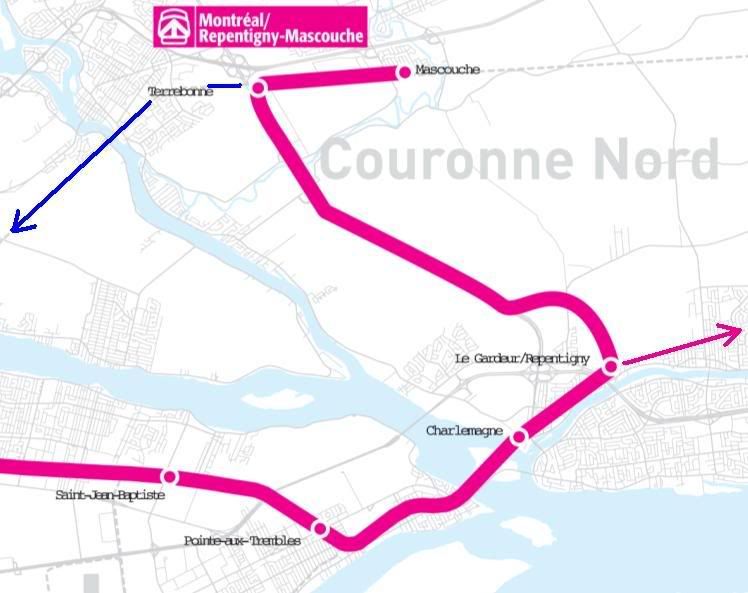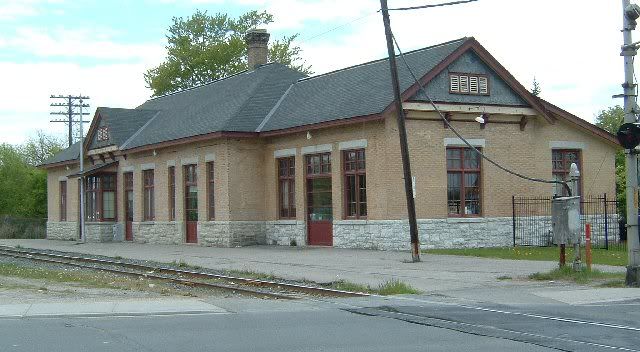Thanks Unimaginative. I do have a few more questions though.
1. On the CP Havelock Sub, is there room for the addition of more tracks in the right of way? And on the same topic, is there still an existing rail line and station that runs through Peterborough?
2. I know that local Kitchener and Guelph media from time to time bring up the idea of improving rail service in their cities. Are there are any other cities or parts of the GTA where there is the same kind of local pressure to push for better rail connections?
3. With regards too GO's train service, what plans, if any, do they have for future extensions? I know most of the work they are doing right now is adding tracks to existing lines and such. But beyond Barrie and Peterborough, where are they looking seriously at heading next?
4. Who owns the tracks at Union Station? Is this still under the ownership of CN or are there are any special arrangements specifically for the station and that small section of the corridor?
5. On a map I see that GO Danforth station is perhaps a block or two away from a subway station on the Bloor line. In actuality, how close (or far) are these two stations from each other and is there any connection for easy transferring built between them?
One other note. You mentioned HSR needing a new tunnel through Mont-Royal when it comes to build its network. This might actually be a project that isn't too far away. In addition too the Deux-Montagne line, the Mascouche line will use the tunnel. They also want to route the St-Jerome line through the tunnel as well as using the tunnel for a future Terrebone line (which will run through Laval). But because of capacity issues, issues with CN crossing the St. Laurent sub and general limitations of the tunnel they have had to put off rerouting the St-Jerome line and the new Terrebone line (which would probably be underway where it not for these problems). Simply for political reasons (the need to let the heat over the Laval Metro extension die down and alternate with a South Shore project) this project will not take place for another couple years. But there is more and more acknowledgment each day that the current tunnel and right of way north of Mont-Royal are not going to be able to much more expansion beyond the two lines. So just in terms of serving its own needs, I don't think it will be too long until a new Mont-Royal tunnel and Montreal North passenger rail right of way are undertaken. And one final note, the Deux-Montagne line is purchasing Bi-Level EMUs too deal with capacity issues in the meantime.
Edit: There are also a number issues surrounding the electrical supply system through the tunnel and on the Deux-Montagne line and whether it will be able to handle extra loads.
If you look at the map below of the eastern portion of the new Repentigny-Mascouche you see that the routing seems to be a little, strange, and never made much sense until I started reading through some of the more technical documents. The original plan had Terrebone and Mascouche being served be a seperate line (which would have followed the rail line where the blue arrow is) and after the current Repentigny stop it would have continued a little further with one or two more stations (following the purple arrow). I have yet to see any documents which explain why they decided to make the rather awkward connection between Repentigny and Terrebone (given this route adds about 15 minutes to the trip time) but it seems very likely that this has been done as a temporary solution until all the serious technical issues with the tunnel and north Montreal right of way are figured out.






